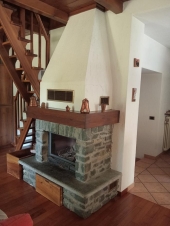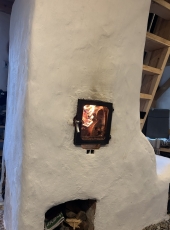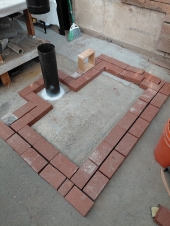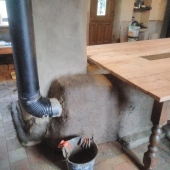thomas rubino wrote:
I built mine using the ISA numbers for a first-generation batchbox. After hearing the temperature numbers I was receiving, Peter lowered the ISA numbers on Shorty.
This I was completely unaware of, or must have forgotten already!
FYI, about the condensation, it also contains sulphur, making it acidic. For biomass combustion, it's a major concern in terms of low temperature corrosion (I'm following this up at work). 'Clean' wood contains little to no sulphur, or chlorine (so it's not like your chimney will get holes within one or two years) but it may still cause corrosion over time. Coincidentally (or Peter is aware), the 90 °C in the chimney I've seen him mention a few times as minimum is also typically around the sulphur dew point for clean wood - so that 90°C, I would consider completely safe in terms of corrosion.
thomas rubino wrote:
Check this thread out, Julian https://permies.com/t/361932/Holding-heat-overnight-importance-shutting
Don't add a damper; close off your intakes instead.
I've seen your thread passing by Thomas! It's these kinds of experiments that demonstrate valuable insights. I hope by this time next year I'll be able to contribute something as well. (Unfortunately other renovation priorities still keeping me from finishing the BBR). In my case, the chimney will be within the bell, so inevitably I will be heating the air inside of it with the mass, which I assume will create extra draft and flow through my mass (I'm not yet confident I will be able to weld a fully sealing door, haha)











